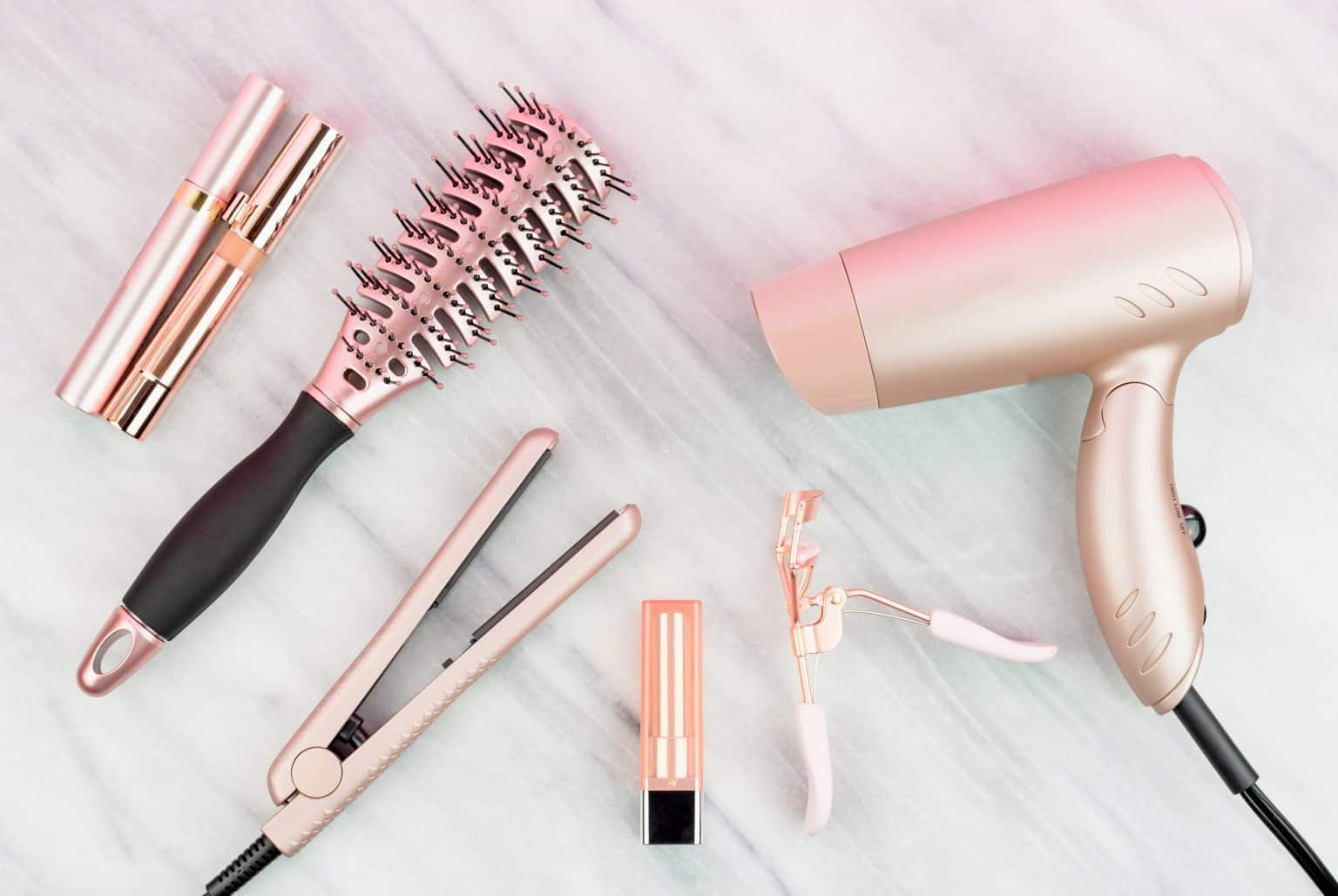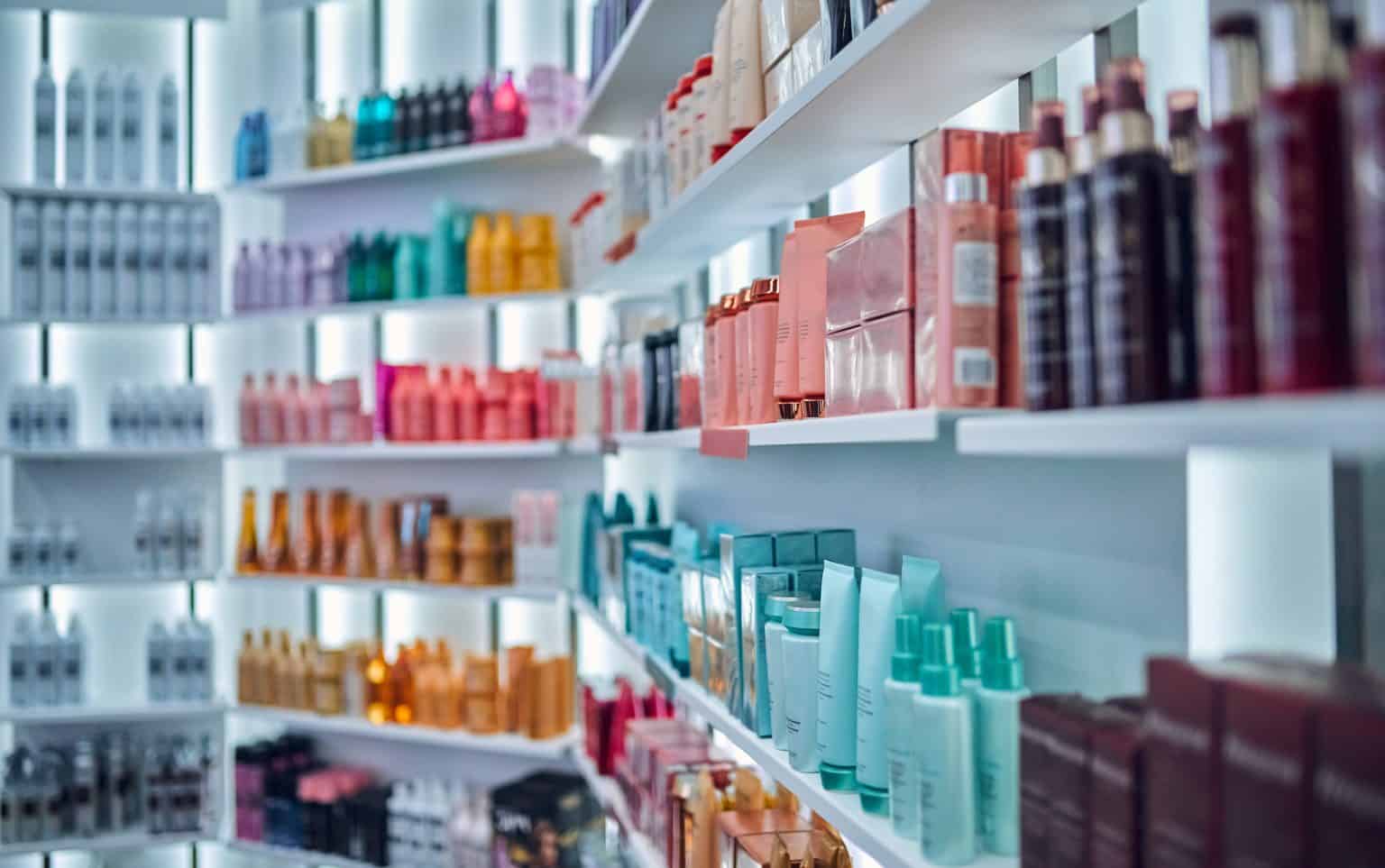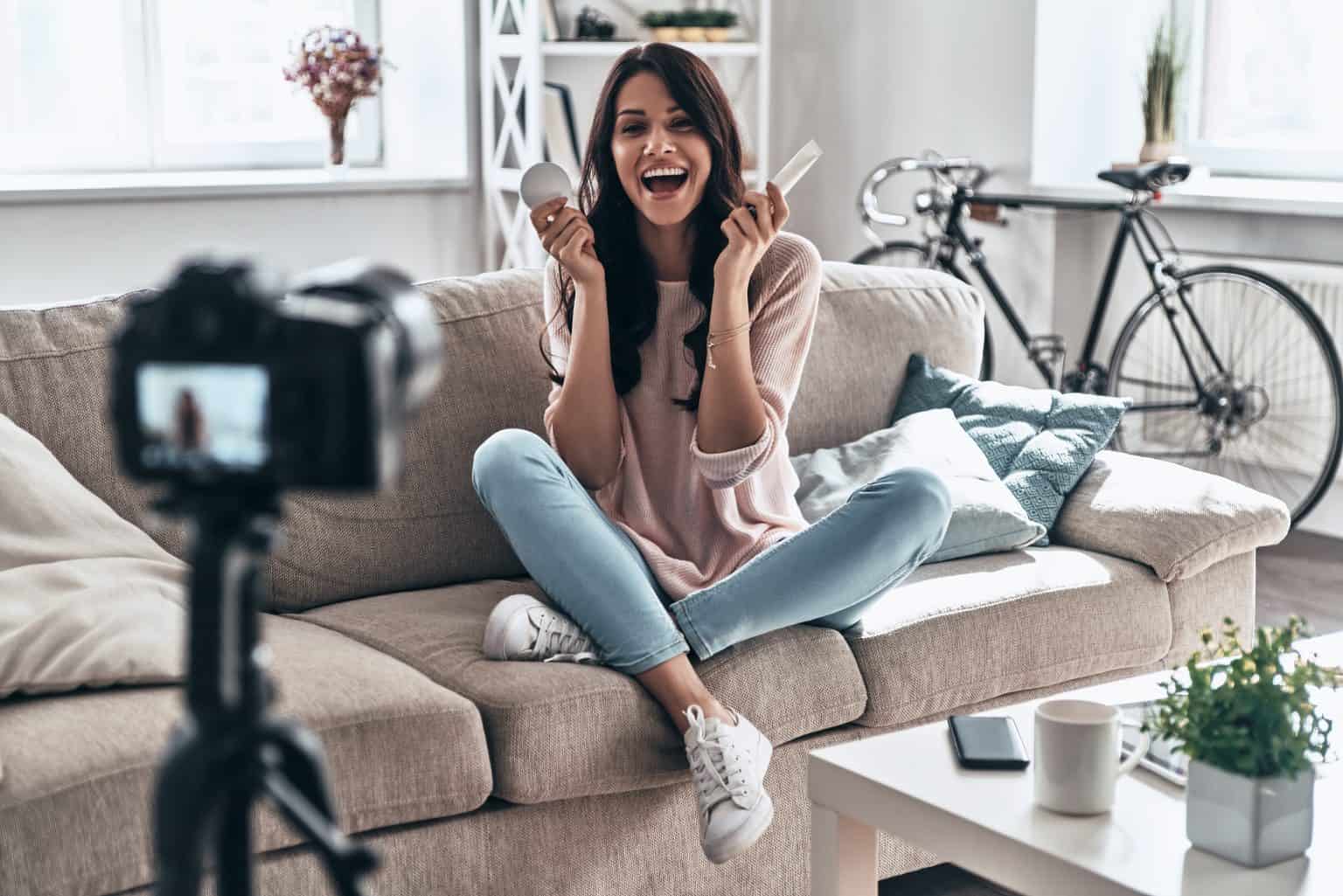
While the desire to shop online has become the norm out of necessity amid a post-pandemic world, a few trends continue leading the way when it comes to beauty ecommerce, which today drives a $93.5 billion industry.
Especially for entrepreneurs selling beauty products, there’s a lot of businesses focused on innovation when it comes to retaining consumers. Why shouldn’t you get in on the action?
Consumers not only love, but demand uniquely tailored social shopping experiences, which has become more difficult to create with the continued competition in the ecommerce arena. However, you should know that it’s never too late to begin incorporating new aspects of it into your customer experience strategy.
While the beauty industry continues to face unique challenges when it comes to product distribution online, individual companies are becoming innovative in how they market to and sell to their consumers.
It really boils down to customer inspiration in a way that moves them from starting as a site visitor to becoming a buyer. As an ecommerce business it’s your job to create the unique opportunity so they can experience the product for themselves. Now is the time to be creative and push the envelope as far as developing new ways to build a user-friendly and successful online shopping experience as far as designing and creating your online store.
Below are a few ecommerce trends that will help you improve the online experience throughout the consumer shopping journey when it comes to growing beauty ecommerce consumerism.
From creating how-to videos and user-generated content images of customers using your products, we’re sharing some of the best ways to convert website visitors into loyal customers.
CREATE A SENSE OF NEED
Embracing ecommerce trends in the beauty industry
Ask yourself what you can offer consumers in the ecommerce beauty industry that others currently aren’t doing based on demand. For example, showing potential customers how well their products work by creating tutorial videos can provide them with a sense of integrity when they can’t test it themselves.
Even better, use AI to give visitors a chance to try on products using a virtual mirror so they have a good idea of what your product will look like on them during a trial and eliminate the possibility or error when they receive it.
Another great way to obtain repeat customers is by demonstrating how effective it is as far as its purpose and keep customers coming back. Offering simple tips, tricks and information just may inspire shoppers enough to incorporate their brand into their everyday routines, creating a sense of need and purpose.
By better understanding buyer behavior, your ecommerce brand will have a better chance of connecting with your target market when it comes to beauty products.
The beauty industry continues to remain ahead of other ecommerce trends when it comes to innovation. From factoring in eco-friendly packaging to offering vegan products and inclusive skincare solutions, online retailers have a full-time job evolving to constantly improve the customer experience. Look at it as a challenge and accept it!
Implementing these top trends into your ecommerce business are a sure bet when it comes to securing your place amid your competition in the beauty industry in 2021 and beyond.
USE “SOCIAL COMMERCE” – ANOTHER ECOMMERCE TREND
Social commerce, also referred to as “social shopping” is what occurs when consumers either share or refer to product-oriented endorsements, opinions, reviews or User Generated Content on a social media platform at any point during their buying journey.
In other words, it’s organic conversation that occurs between consumers while visiting your brand’s social media channels. This naturally occurring interaction happens out of a genuine desire to find authentic comments and personal experiences regarding the product they’re considering spending their hard-earned money on.
The social commerce phenomenon allows consumers to see products IRL (in real life), not just captured via photograph on size 2 models in a professional studio and creates a sense of need for a product derived from progressive interaction.
It also gives brands the ability to capture traffic from their social media pages and direct it to more relevant product pages, while breathing life into your product via social media dialogue.
EXPERIMENT WITH ECOMMERCE STRATEGY
Once you’ve created a social commerce strategy and put it into practice, it should begin to drive significantly more traffic to your brand’s landing pages. However, this is just a start. There are more things you can do to get those page views to convert to sales. That’s where an experimentation technique called A/B testing comes into play.
This experimentation process gives you the opportunity to help you see what’s capturing your consumers and what’s not connecting with them using a strategic tool. Specifically, A/B testing presents two versions of a product to an audience that determines which is more favorable.
For example, is your shipping and delivery information clear and concise? Is your checkout process too complicated? By using a simple A/B test, you can see whether certain colors, themes and fonts are most effective in bringing consumers in or driving them away.
Additionally, as shopping has always been a social activity, the way it occurs today has shifted. Instead of meeting a friend at the mall to eat, catch up and maybe buy that fab new item, consumers are meeting on fashion ecommerce sites such as Squadded.
The handy social solution is another tool ecommerce business owners can use that allows consumers to add their favorite products to a wish list or poll their friends for advice on merchandise or even send links to the group chat. Essentially it enables real life friends to become digital shoppers together, while physically being apart.
A HUGE ECOMMERCE TREND: INFLUENCER MARKETING
Similar to athleisure and pet products, consumers are more likely to purchase your product if it’s backed by a familiar face they respect or trust. If your brand isn’t quite up to par with being able to clench an A-list celebrity, shoot for a social media influencer who has a lot of followers instead. There are plenty to choose from who are all trying to make a name for themselves.
Be the social inspiration for consumers you want to see online. More than 90 percent of millennials and up to 97 percent of those classified as Generation Z have revealed that social media is their go-to when it comes to their buying behavior. If you build a digital commerce experience, they will be curious to check out your brand.
Millennials are especially prone to influencer marketing, a finding that Basic.Space, a marketplace that allows influencers to curate and sell their own vintage fashion, pre-owned luxury items, and new exclusive products.
Incorporating some or all of these ecommerce trends will help you tap into consumer wants by creating innovative social shopping experiences and provides buyers with the information they need to make more educated decisions when purchasing and inspires them to become an active participant in your brand.


